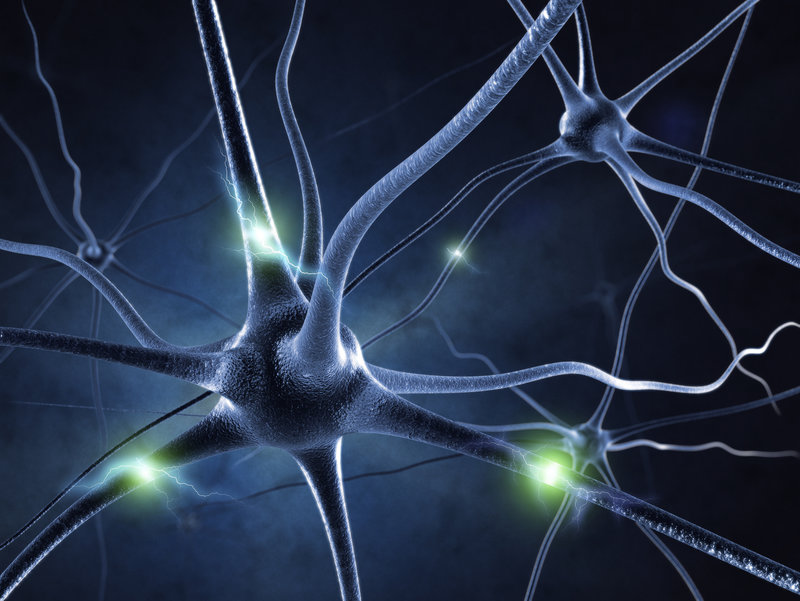
The Science Behind Patient Storytelling
There are few (if any) techniques more powerful than a well-told story to communicate a complex principle or convey a point of view. In healthcare, storytelling plays a meaningful role in shaping the patient journey.
Case studies are traditionally used to educate physicians. Physicians, in turn, gather and document patients’ stories to determine diagnoses and treatment plans. Stories shared amongst peers, caretakers, and healthcare providers inform patients about their conditions and treatment options and inspire them to act. Pharma marketers disseminate patient stories to grab patients’ attention and to influence behavior. Clearly, patient narratives have a potent impact on the brain.
So, what is it about storytelling that makes it so effective in capturing the mind? Anthropologists, psychologists and neuroscientists have all found evidence that the human brain is simply wired for story.
Stories are innately human
According to anthropologists, storytelling has been a universal aspect of every culture since the beginning of humankind. Our ancient ancestors told stories to teach their children about survival and social dynamics. In fact, those who learned to navigate the prehistoric world through stories lived longer and reproduced more often that those who did not. As a result, natural selection shaped and hardwired our brains to crave and pay attention to narratives.
Stories are crucial to societies today, functioning to help people form bonds with one another, make sense out of experience and live in cooperative communities. A recent study that looked at the power and purpose of storytelling within a hunter-gatherer population found that not only did storytelling foster social cooperation and teach social norms, storytellers improved their chances of receiving community support, being chosen as social partners, and having healthy offspring.
Stories are memorable
There’s an old North American Indian proverb that says “Tell me a fact and I’ll learn. Tell me a truth and I’ll believe. But tell me a story and it will live in my heart forever.” Clearly, early Native American knew what neuroscientists have since proven: stories help us remember.
The reason stories are more memorable is because they engage multiple brain regions that work together to help us remember that experience. Neuroscientists have found that when people are just given data and facts, only the areas of the brain responsible for language processing and comprehension will be activated. However, when given a story, multiple regions of the brain are engaged, including those used when personally experiencing the events as related in the story (a process known as neural coupling). This process not only allows a person to retain pertinent details, but also better understand complex concepts.

Storytelling changes brain chemistry enabling us to connect in more meaningful ways.
Stories evoke emotion and promote connections
Neuroscientists have discovered that reading, watching or listening to a good story triggers the release of oxytocin in your brain. Oxytocin is a neurochemical that drives people to empathize with, care for, trust and help others. A group of neuroscientists at Princeton found that the emotional response experienced by both a storyteller and listener resulted in similar activity within their brains, which suggested a deep connection was formed between them. In a 2018 study, psychologists determined that various forms of stories activated an area of the brain that is influenced by a storytellers’ intentions, motivations, beliefs, emotions and actions.
Emotions affect decision making as much if not more than rational thought. Storytelling is compelling because of its ability to reach beyond the cold, hard facts and capture the heart of the decision maker. It spurs people to forge connections and take action.
The Takeaway
In pharmaceutical marketing, patient storytelling is powerful because the human brain is hardwired to process information in a story format. Stories help patients sift through the massive amounts of health information found online. They also grab and hold their attention in a sea of complex medical jargon and marketing messaging. When patients can put themselves in the shoes of the storyteller and envision a positive outcome, they become emotionally invested, which leads to engagement and action.
Read part 4 of our storytelling series, 3 Superpowers of Patient Stories, to discover the different types of patient stories that are effective in pharma marketing.
If you’d like to put the proven science of storytelling to work in your marketing strategy, request a meeting today!